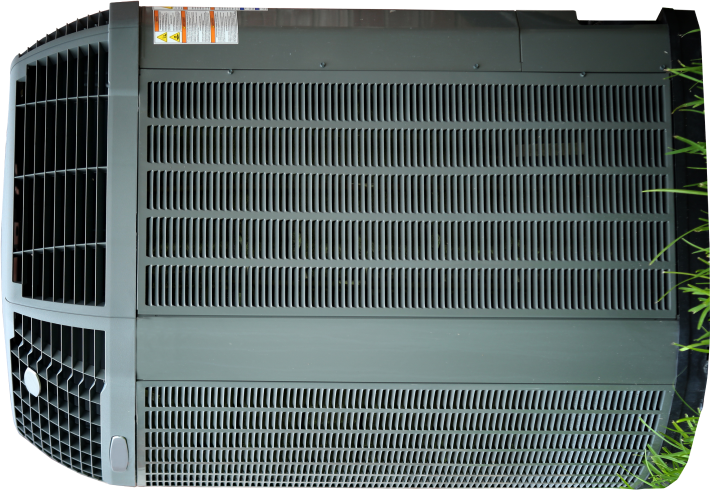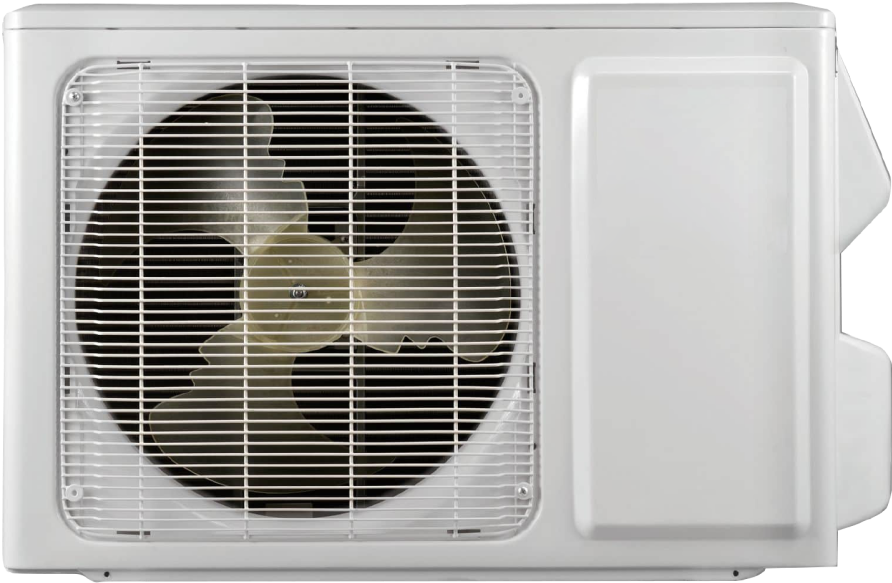Getting rid of harmful refrigerant gases, for good.
We're Cool-Safe
Cool-Safe is Aotearoa New Zealands only environmental trust, collecting and destroying F-gases, and paying you for doing the right thing. We're putting everything in place to enable 100% of recoverable refrigerants to be destroyed, and we need Aotearoa to help us do it.
Refrigerants (F-gases) power our fridges, heat pumps and air conditioners. But when released, they can be climate catastrophes, trapping up to 10,000× more heat than CO₂. The main issue is that most aren't recovered at end-of-life. Limited knowledge, weak regulation and inconsistent practices mean these super-pollutants simply escape. New Zealand is targeting a 35% emissions cut by 2035. Cool-Safe is targeting 90% for F-gases specifically, from 2018 levels.
Driving the change
We're putting initiatives in place to enable 100% of recoverable refrigerants to be destroyed. We need 100% of Aotearoa New Zealand to be on the same page.
As New Zealand's only Product Stewardship Organisation (PSO), we're driving the shift from voluntary to regulated collection, developing Buy Back programmes, Recognition for Learning, our own swap-a-bottle programme (Cool-Swap) and are building the country's first onshore plasma arc destruction plant in Kawerau.

